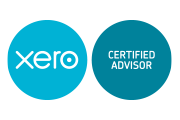Salary packaging involves employees receiving part of their income in the form of fringe benefits of a non cash nature in addition to their cash salary.
The objective of salary packaging is to maximise an employee's net after tax income.
Salary packaging enables employees to maximise their after tax income by reducing the level of tax payable on their income and also to receive their salary in a way that suits their own personal circumstances.
In 1986 the government introduced the fringe benefits tax system to ensure all forms of income (including benefits of a non cash nature) was subject to some form of taxation.
There are three main types of tax on fringe benefits:
Full Value Of Items Received As A Fringe Benefit
The full value of items received is used when calculating fringe benefits tax payable on them.
Examples are mortgages, credit card payments, personal loan repayments and many other expenditures of a private nature.
Fringe Benefits Concessionally Taxed
These items have a reduced taxable value on which fringe benefits tax is calculated.
The fringe benefits tax rate is aligned with the top marginal tax rate but items concessionally taxed are done so at a lower rate.
The actual rate used will depend on the benefit provided as these vary.
Some items on which the value of the benefit provided is reduced are cars, remote area allowances and in-house benefits.
Fringe Benefits Exempt Items
These items are not subject to fringe benefits tax which means they are received tax free.
Examples are laptop computers, mobile phones, professional subscriptions, tools of trade and many others.
There are many types of fringe benefits that can be provided to employees.
Some of the more common ones are:
>> Novated car leases
>> Superannuation
>> Lap top computers
>> Tools of trade
>> Living away from home allowances
>> Relocation allowances
>> Remote area allowances




